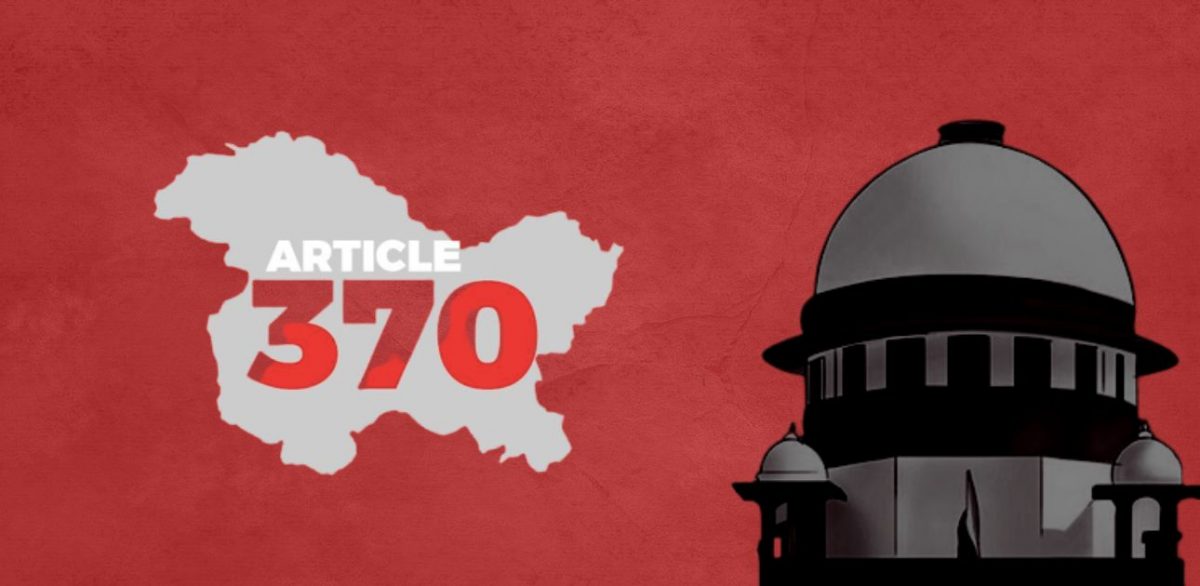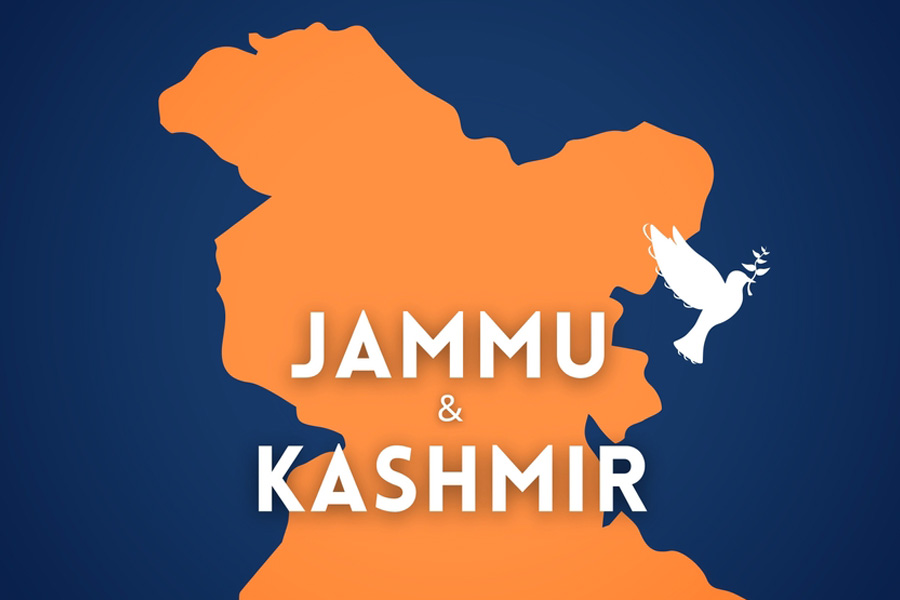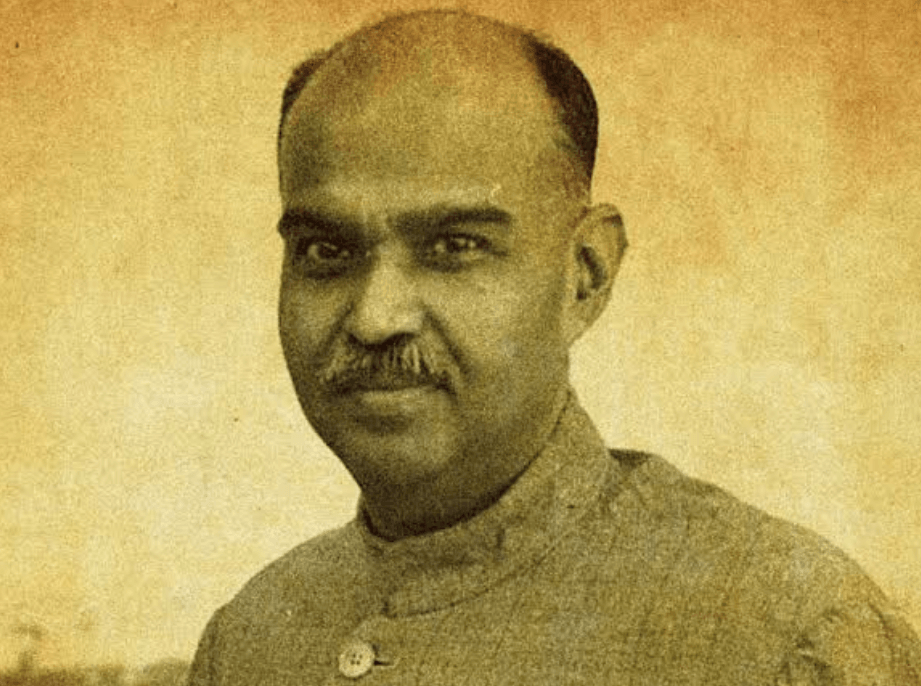The Supreme Court has mandated the creation of a Truth-and-Reconciliation Commission to investigate human rights abuses that have occurred in Jammu and Kashmir during the 1980s, committed by both state and non-state actors.

In his concurring opinion, Justice S.K. Kaul stated, “I propose the formation of an unbiased truth and reconciliation commission.” The Commission will look into, document, and suggest steps for reconciliation regarding human rights violations committed in Jammu and Kashmir, at least since the 1980s, by both State and non-state actors.
The controversial issue around Article 370
The Supreme Court’s Constitution Bench is now debating whether to revoke Jammu and Kashmir’s special status under Article 370. These arguments shed important insight into the region’s past before the Center eliminated the state’s unique status in August 2019.
The conditions surrounding the State’s entry into India and the procedure by which it obtained its own Constitution reveal a close collaboration between the leaders of Kashmir and the Indian government over the most advantageous ways for the State to join India and the conditions under which it might do so. An intricate legal challenge resulting from the special status being removed through a convoluted legal process has now been brought before the court for decision-making.
Why was special status granted to J&K?
Jammu and Kashmir was accorded special status because of the circumstances in which it acceded to India soon after Independence. Sandwiched between the two new Dominions of India and Pakistan, the State did not make an immediate decision on which country to join, as it had vital economic and cultural links with both. Maharaja Hari Singh, in August 1947, offered to have ‘Standstill Agreements’, which meant that existing arrangements would continue on all matters, with both Pakistan and India. Pakistan agreed immediately. India offered to negotiate a ‘Standstill Agreement’, but no such pact materialized

In October 1947, the Maharaja faced regular military attacks from Pakistan and mass infiltration by heavily armed tribesmen from the North-West Frontier into Kashmir. To support the situation, he wrote to India’s Governor-General, Lord Mountbatten, seeking help from India. He attached an ‘Instrument of Accession’ with the letter, specifying matters for the Dominion legislature to make laws for Jammu and Kashmir, but retaining the rest of the powers to be retained by the State. The North-West Frontier Province was a significant part of the conflict.
How did the unique status come to an end?
The ruling BJP, along with its parent party, the Bharatiya Jan Sangh, has been advocating for the abrogation of the special status given to Jammu and Kashmir (J&K) for decades. In 2019, the ruling BJP adopted a three-stage process to achieve this objective. President Ram Nath Kovind issued an Order in August 2019, superseding the Constitution (Application to Jammu and Kashmir) Order, 1954, and subsequent amendments, stating that all provisions of the Constitution of India will apply to J&K.

The President’s August 5 Order made significant changes to Article 370, adding provisions to Article 367 of the Constitution. The new clause interpreted references to the ‘Sadar-i-Riyasat’ as referring to the Governor of Jammu and Kashmir, and amended the reference to the “Constituent Assembly” to read “Legislative Assembly of the State.” A resolution was introduced to reorganize Jammu and Kashmir as two new Union Territories, with the J&K Legislative Assembly being treated as the equivalent of the State’s Constituent Assembly.
The Supreme Court maintains that Article 370 is a “temporary provision” and sustains its abrogation
On Monday, a Constitution Bench headed by Chief Justice of India (CJI) D.Y. Chandrachud unanimously affirmed the Central government’s 2019 decision to revoke Article 370 of the Constitution, which granted the former State of Jammu and Kashmir (J&K) unique status. The Court emphasized that Article 370 is a “temporary provision,” noting that it was put into effect because of the State’s circumstances during the war and was intended to be a transitional measure.

The State Government of J&K, led by Justices Surya Kant and Sanjiv Khanna, has been criticized for not retaining internal sovereignty after its integration. The court ruled that the State Government’s concurrence was not necessary to apply the Indian Constitution to the State. The court did not determine the validity of the reorganization of the State into the Union Territories of J&K and Ladakh but upheld the carving out of Ladakh as a Union Territory. The court also directed the Election Commission of India to conduct elections to the J&K Legislative Assembly by September 30, 2024.












Comments 1